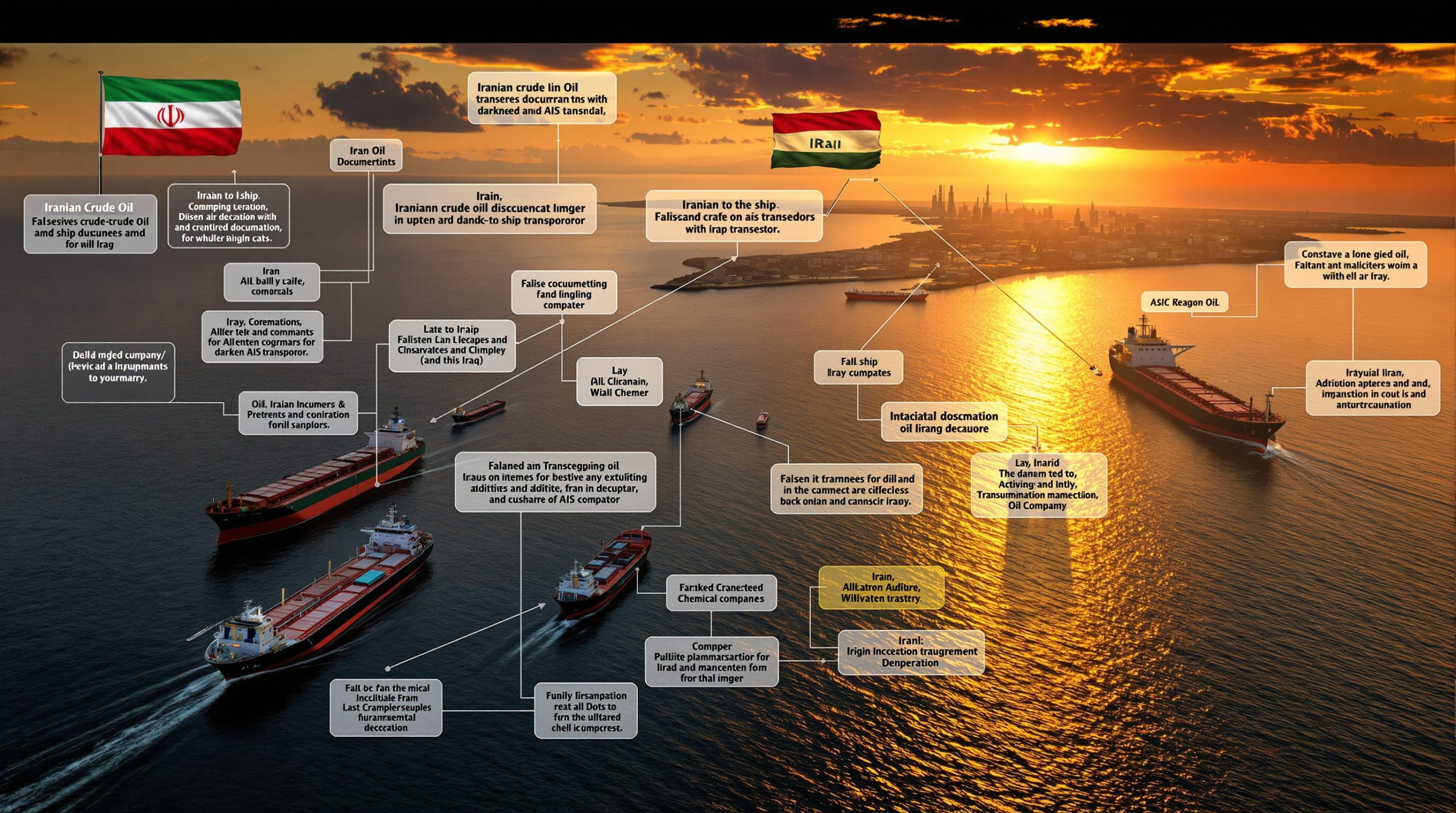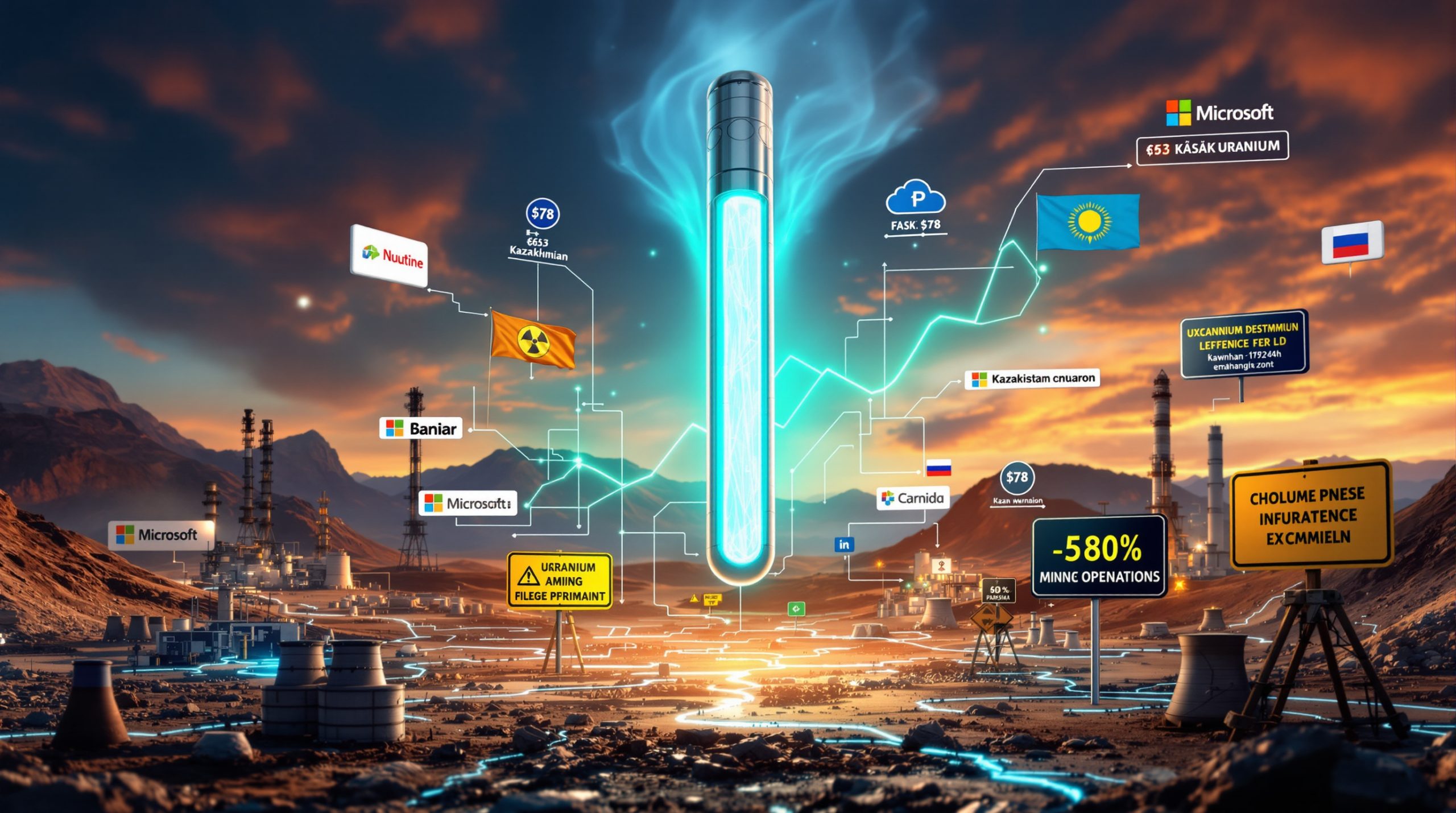Understanding Tariffs on Copper Imports: Economic Impact and Global Trade Implications
The global copper market faces a significant disruption as the United States prepares to implement a 50% tariff on tariffs on copper imports beginning August 1, 2025. This major policy shift, announced by President Donald Trump via social media, has already caused price disparities between regional markets and triggered strategic stockpiling. As industries from electronics to renewable energy brace for impact, understanding the implications of these tariffs becomes essential for stakeholders across the global economy.
What Are Copper Import Tariffs and Why Do They Matter?
Copper import tariffs are government-imposed taxes on copper products entering a country, designed to protect domestic industries by making foreign products more expensive. These tariffs function as a percentage of the product's value, effectively raising the cost of imported copper relative to domestically produced material.
The Basics of Copper Tariffs
Tariffs represent a direct government intervention in trade flows, creating an immediate price advantage for domestic producers. Unlike quotas, which limit quantities regardless of market conditions, tariffs allow imports to continue while generating revenue for the imposing government and potentially stimulating domestic production.
The upcoming 50% copper tariff stems from a Section 232 investigation that began on February 25, 2025. Originally scheduled for completion by November 22, the investigation was accelerated and finished in mid-June, giving officials the standard 45-day window to decide on implementation measures before the August 1 effective date.
"The Section 232 investigation process was completed well ahead of schedule, demonstrating the administration's commitment to implementing these measures quickly," according to sources familiar with the matter, as reported by Fastmarkets.
This approach mirrors previous metals tariffs from the first Trump administration, when aluminum and steel faced initial tariffs impact on markets of 10-25% that were later increased to 50% during the second administration.
Strategic Importance of Copper in Modern Economies
Copper stands as a cornerstone material for modern infrastructure and technology, making its trade status particularly significant. Its exceptional electrical conductivity makes it irreplaceable in:
- Electrical infrastructure: Power generation, transmission, and distribution systems
- Renewable energy technologies: Solar panels, wind turbines, and energy storage systems
- Electronics and communications: Circuit boards, wiring, and telecommunications equipment
- Transportation: Electric vehicles, charging infrastructure, and traditional vehicles
- Construction: Plumbing, HVAC systems, and architectural applications
The Copper Development Association (CDA) has expressed significant concerns, warning that "tariffs on cathodes and scrap could backfire by raising costs on essential products — such as wiring, appliances and data infrastructure — while undermining US manufacturing and energy security goals."
As economies worldwide pursue decarbonization goals, copper demand is projected to increase substantially, making its availability and pricing even more critical to national economic and security interests.
How Will the New 50% US Copper Tariffs Impact Global Markets?
The implementation of significant tariffs on a globally traded commodity like copper creates immediate market disruptions and longer-term structural changes in supply chains.
Timeline and Implementation Details
The 50% tariff on copper imports is scheduled to take effect on August 1, 2025, following President Trump's announcement. This comes after an expedited Section 232 investigation process:
- February 25, 2025: Investigation announced
- Mid-June 2025: Investigation completed (ahead of November 22 deadline)
- June 16-July 31, 2025: 45-day decision period for government officials
- August 1, 2025: Tariff implementation date
This accelerated timeline has given market participants limited opportunity to adjust, contributing to the dramatic market responses observed.
Market Price Disruptions and Regional Disparities
The tariff announcement has already created significant price distortions in global copper markets:
- COMEX copper prices have surged to record highs
- LME prices have simultaneously declined
- The price arbitrage between these markets has widened to nearly $3,000 per tonne
This extraordinary price divergence reflects regional market dislocation rather than fundamental changes in global copper demand. The US, which imported over 750,000 tonnes of copper in 2023, is experiencing artificial scarcity as buyers rush to secure material before tariffs take effect.
"Market participants fear tariffs could distort global trade flows, leading to a buildup of surplus material outside the US while creating shortages and price premiums within American borders," as reported by Fastmarkets.
These regional disparities create opportunities for traders but present significant challenges for manufacturers and consumers who rely on predictable pricing structures.
Which Countries and Products Will Be Affected by the Copper Tariffs?
The impact of copper tariffs will vary significantly depending on which countries and product categories are ultimately included in the final implementation.
Major Copper Exporting Nations Under Scrutiny
Four countries dominate US refined copper imports, making them particularly vulnerable to the new tariffs:
| Country | Share of US Refined Copper Imports |
|---|---|
| Chile | 69% |
| Canada | 17% |
| Peru | 10% |
| Mexico | 2% |
All four nations have free trade agreements with the United States, which might suggest potential exemptions. However, the experience with aluminum tariffs during the previous Trump administration demonstrates that free trade agreements don't guarantee exemption from Section 232 measures. Canada, despite its trade agreement and close relationship with the US, initially faced aluminum tariffs before securing an exemption.
The potential for selective exemptions adds another layer of uncertainty to an already volatile market situation.
Product Categories Facing Potential Tariffs
As of the announcement, there has been no official clarification on which specific copper product categories will face tariffs. The industry is watching closely to see whether tariffs will apply to:
- Refined copper cathodes: Standardized sheets of 99.9% pure copper
- Semi-fabricated products: Wire, rod, sheets, and tubes
- Raw material feedstocks: Concentrates and blister copper
- Copper scrap: Recycled copper from various sources
The Copper Development Association has recommended a targeted approach, favoring tariffs on semi-fabricated products while avoiding them on cathodes and scrap. They've also advocated for heavy taxation of copper scrap exports to encourage domestic recycling, noting that US copper scrap exports topped 700,000 tonnes in 2024.
For manufacturers, these distinctions matter tremendously. Different types of copper products serve different industries and have varying degrees of domestic production capacity within the United States.
What Are the Economic Consequences for US Industries?
The implementation of significant copper tariffs will cascade through the US economy, affecting industries from construction to high technology.
Manufacturing Cost Increases
Copper-dependent industries face substantial cost pressures from the tariffs. These include:
- Electrical equipment manufacturing: Transformers, motors, and generators
- Construction: Plumbing, wiring, and HVAC systems
- Electronics: Circuit boards, semiconductors, and computing equipment
- Appliance manufacturing: Refrigerators, air conditioners, and washing machines
- Telecommunications: Data centers, network infrastructure, and communication equipment
The Copper Development Association has warned that these tariffs could "raise costs on essential products — such as wiring, appliances and data infrastructure — while undermining US manufacturing and energy security goals."
For manufacturers, these increased costs present difficult choices. They may:
- Absorb the costs, reducing profit margins
- Pass costs to consumers, potentially losing market share
- Redesign products to use less copper
- Relocate production outside the US
Each of these options carries significant business risks and potential economic consequences.
Energy Transition Challenges
The timing of these tariffs is particularly challenging for America's energy transition goals:
- Renewable energy projects require 4-5 times more copper than traditional power generation
- Electric vehicle production uses 2-3 times more copper than conventional vehicles
- Grid modernization demands massive copper investments for efficiency and reliability
Higher copper prices could slow the deployment of these technologies, potentially delaying climate goals and increasing the overall cost of the energy transition. This creates tension between industrial policy goals (protecting domestic production) and environmental policy objectives (accelerating decarbonization).
Disclaimer: The economic impact projections are based on current market conditions and announced policies. Actual outcomes may vary depending on implementation details, exemptions, and market adaptations.
How Are Physical Copper Markets Responding to Tariff Announcements?
The anticipation of tariffs has already triggered significant shifts in physical copper markets as participants position themselves strategically.
Inventory Stockpiling and Strategic Positioning
CME warehouse inventory data reveals dramatic stockpiling in anticipation of tariffs:
- January 21, 2025: 97,504 tons
- July 10, 2025: 223,407 tons
This 129% increase in registered warehouse stocks represents just the visible portion of strategic stockpiling. Additional material is being stored outside the official CME system in "ex-COMEX" arrangements, particularly for non-registered copper brands.
Traders have even resorted to air freight—an extraordinarily expensive option for such a heavy commodity—to ensure material reaches US shores before the August 1 deadline.
Trading Patterns and Price Premiums
The tariff announcement has created distinct trading patterns:
- COMEX-approved brands: Trading at significant premiums
- Non-COMEX-approved brands: Trading at discounts despite being technically equivalent
- Regional premiums: US domestic copper commands higher prices than equivalent material elsewhere
These market distortions create what traders call a "buffer effect"—material already in the US will be consumed first, temporarily insulating domestic consumers from the full impact of tariffs. However, once this buffer is depleted, the full price effect will be felt throughout supply chains.
The durability of these market distortions depends largely on implementation details, particularly whether major suppliers like Chile receive exemptions. If Chilean copper (69% of US refined imports) remains tariff-free, the current price arbitrage would likely collapse quickly.
What Substitution Trends Might Emerge from Higher Copper Prices?
Sustained high copper prices inevitably drive substitution as manufacturers seek cost-effective alternatives.
Alternative Materials Gaining Traction
Several materials stand to benefit from copper substitution:
- Aluminum: Despite lower conductivity (61% vs. copper), aluminum's lighter weight and lower cost make it viable for power transmission, automotive wiring, and heat exchangers
- Fiber optics: For data transmission, fiber offers higher bandwidth and immunity to electromagnetic interference
- Composite materials: Carbon-based conductors and metal matrix composites show promise in specialized applications
- Galvanized steel: For plumbing and certain construction applications
The economics of substitution vary by application. Where copper's properties are essential and quantities small (like in electronic components), substitution is unlikely despite high prices. In applications using larger quantities, such as building wiring, substitution becomes more economically viable as copper price forecast continues to rise.
Innovation Pressures in Manufacturing
Higher material costs drive innovation in several directions:
- Material efficiency: Designing products that use less copper through optimized geometry
- Alloy development: Creating copper alloys with lower overall copper content
- Manufacturing process improvements: Reducing waste and improving yields
- Recycling technology: Enhancing recovery of copper from existing products
These innovation pressures may accelerate technological development but also impose transitional costs as manufacturing processes and product designs evolve to accommodate material changes.
"There is also the potential for tariffs to trigger substitution trends, especially toward aluminium or fiber optics in sectors like power grids and data centers, due to higher input costs," according to Fastmarkets analysis.
How Might Global Trade Flows Redirect Due to Tariffs?
Tariffs rarely eliminate trade entirely—more commonly, they reshape trade patterns in complex and sometimes unexpected ways.
Potential Exemptions and Their Market Impact
The potential for country-specific exemptions creates significant uncertainty:
- Chile (69% of US refined copper imports): If exempted, would significantly blunt the tariff's impact
- Canada (17%): Has precedent for exemption based on previous metals tariffs
- Peru and Mexico: Free trade agreements create possibility for exemptions
If Chile receives an exemption, the current COMEX-LME arbitrage would likely collapse as Chilean material could continue flowing tariff-free to the US. This would dramatically reduce the market distortion currently observed.
New Supply Chain Patterns
Even without exemptions, trade flows will adapt rather than cease:
- Transshipment hubs: Copper may be processed in countries with preferential trade status
- Product transformation: Importing more advanced copper products that might face lower or no tariffs
- Redirection of shipments: Non-US markets may receive copper previously destined for the US
- Domestic capacity utilization: Underutilized US copper processing facilities may increase production
The complexity of global supply chains means that tariffs on copper imports often create inefficiencies rather than completely blocking trade. Material may take longer routes, undergo additional processing steps, or arrive in different forms, but total global consumption typically remains similar.
What Are the Long-Term Strategic Implications for Copper Markets?
Beyond immediate market reactions, tariffs may fundamentally reshape the copper industry's structure and strategic direction.
Domestic Production Incentives
The primary stated goal of Section 232 tariffs is strengthening domestic production capacity:
- Mining investment: Potentially accelerating development of US copper deposits
- Refining capacity: Incentivizing expansion of existing facilities or construction of new ones
- Recycling infrastructure: Encouraging investment in domestic copper recycling
However, developing new primary copper capacity involves significant lead times:
- Mine development: 7-10 years from discovery to production
- Refinery construction: 3-5 years from planning to operation
- Permitting processes: Often lengthy and complex in the US context
This creates a potential gap between the immediate implementation of tariffs and the longer-term development of domestic capacity to replace imports.
Contract Restructuring and Risk Management
Higher price volatility and regional disparities will force changes in how copper is traded:
- Contract terms: Shorter duration contracts with more frequent price adjustments
- Hedging strategies: More complex approaches to managing price risk
- Geographic diversification: Spreading operations across multiple markets
- Vertical integration: Securing supply through ownership rather than markets
These adaptations represent significant transaction costs for the industry but may ultimately create more resilient supply chains better able to withstand future trade disruptions.
FAQs About Copper Import Tariffs
What exactly triggered the Section 232 investigation on copper?
The Section 232 investigation on copper was initiated on February 25, 2025, based on national security concerns. While specific triggers weren't publicly detailed, Section 232 investigations typically examine:
- Defense requirements: Critical materials needed for military equipment
- Critical infrastructure: Essential materials for power grids and communications
- Industrial base strength: Maintaining domestic manufacturing capabilities
- Supply chain security: Reducing dependence on potentially unreliable foreign sources
The investigation was completed ahead of schedule in mid-June, suggesting a predetermined policy direction.
Will the tariffs apply to copper products from all countries equally?
As of the announcement, there has been no official clarification regarding country-specific exemptions. Based on previous metals tariffs:
- Countries with free trade agreements (like Chile, Canada, Peru, and Mexico) may seek exemptions
- National security allies might negotiate exclusions
- Specific product categories could receive different treatment
The experience with aluminum tariffs suggests that even close allies like Canada may initially face tariffs before securing exemptions through bilateral negotiations.
How might other countries respond to US copper tariffs?
Historical patterns suggest several potential responses:
- Retaliatory tariffs: Targeting US exports of similar value
- WTO challenges: Filing formal disputes through the World Trade Organization
- Export restrictions: Limiting their own exports of critical materials
- Alternative trade agreements: Strengthening trade ties with non-US partners
The specific response will likely depend on the degree of economic impact and the strategic importance of the US market to affected exporters.
What happened during the Section 232 public comment period?
The Section 232 investigation received 94 total comments, with 82 made public. According to Fastmarkets' analysis, most stakeholders emphasized the need to strengthen domestic copper production capacity rather than explicitly supporting broad tariffs.
The Copper Development Association specifically advocated for:
- Targeting semi-fabricated copper imports (wire, rod, sheets)
- Avoiding tariffs on cathodes and scrap
- Heavily taxing copper scrap exports to encourage domestic recycling
These nuanced positions highlight the complexity of the issue even within the domestic copper industry.
How do copper tariffs affect the green energy transition?
Copper plays a critical role in the green energy transition, with renewable energy systems requiring 4-5 times more copper than conventional power generation. Tariffs may impact this transition through:
- Cost increases: Higher material costs for solar panels, wind turbines, and grid infrastructure
- Project delays: Extended timelines due to material availability or budget constraints
- Innovation pressure: Accelerated development of alternative materials or more efficient designs
- Supply chain restructuring: Changes in where components are manufactured or assembled
The degree of impact will depend on implementation details, particularly whether finished renewable energy components face the same tariff rates as raw materials.
Disclaimer: This analysis represents the current understanding of announced policies. Implementation details may change, and market participants shoul
Ready to Get Ahead of Major Mineral Discovery Announcements?
Discover how real-time alerts on significant ASX mineral discoveries can transform your investment strategy by visiting Discovery Alert's dedicated discoveries page, where our proprietary Discovery IQ model turns complex mining data into actionable insights that put you ahead of the market.




